Judgements on greatness are purely subjective and comparisons across eras near impossible given how much our world has changed. But for what it’s worth, Sir Stirling Moss will always be the best as far as I’m concerned.
Why? Those wearing Formula 1 blinkers would rightly point out that his career statistics fall well short of those achieved by his contemporary, ‘El Maestro’ Juan Manuel Fangio, and fellow Britons Jim Clark, Jackie Stewart and Nigel Mansell, never mind the phenomenon that is Lewis Hamilton. But greatness and ever-lasting class aren’t necessarily found in the record books. Moss was and always will be unique.
His death after a long illness at the age of 90 on 12 April – Easter Sunday – came almost 58 years after his racing career ended violently against a grass bank at Goodwood on 23 April 1962 – Easter Monday. Everything before that fateful day is part of motor racing folklore but, unusually for a sportsperson, the full and busy life that Stirling led after further enhanced what made him great, because the man he was transcended the monumental talent behind the wheel.
He carried his quiet charisma, humility and wickedly sharp, schoolboy sense of humour wherever he was invited (which was everywhere). Naturally shy he might have been, but Moss was always the focus of any room he entered, no matter who else was there, because everyone knew: here was the embodiment of sporting greatness. Here was Mr Motor Racing himself.
A sportsman with style
It wasn’t just what and how often Stirling Moss won – 212 victories from 529 races, not including sprints, hillclimbs or speed record attempts, which is one hell of a strike rate – but also his sense of style, grace and unquestioning sense of fair play. Akin to Pelé, George Best and Muhammad Ali, Moss was an artist at his peak, with that laid-back, straight-armed pose and ubiquitous Herbert Johnson helmet creating an unmistakable profile.
Like all the sporting greats, Moss appeared to have more time than others – which is perhaps why he was able to wave to the adoring public even when driving on the limit. “They expect it, boy,” he would say. This was a true gentleman driver in every sense (apart from the one used to politely describe someone who is slow).
As tough as they come
As a professional, Moss was far ahead of his time in terms of attitude and approach. Ever mindful of his own self-worth, he raced to make a living, and that meant racing pretty much every weekend. If he wasn’t driving, he wasn’t earning, which is partly why Moss drove so much – Cooper and Kieft, HWM and BRM, Jaguar and Aston Martin, Maserati and Mercedes-Benz, Lotus and Vanwall, Ferrari and Sunbeam and on and on. But his astonishing versatility was also driven by a sense of adventure and technical curiosity. The 205th of his 212 wins, in September 1961, came in the unique Ferguson P99 at the non-championship Oulton Park Gold Cup – still the only victory for a four-wheel-drive F1 car.
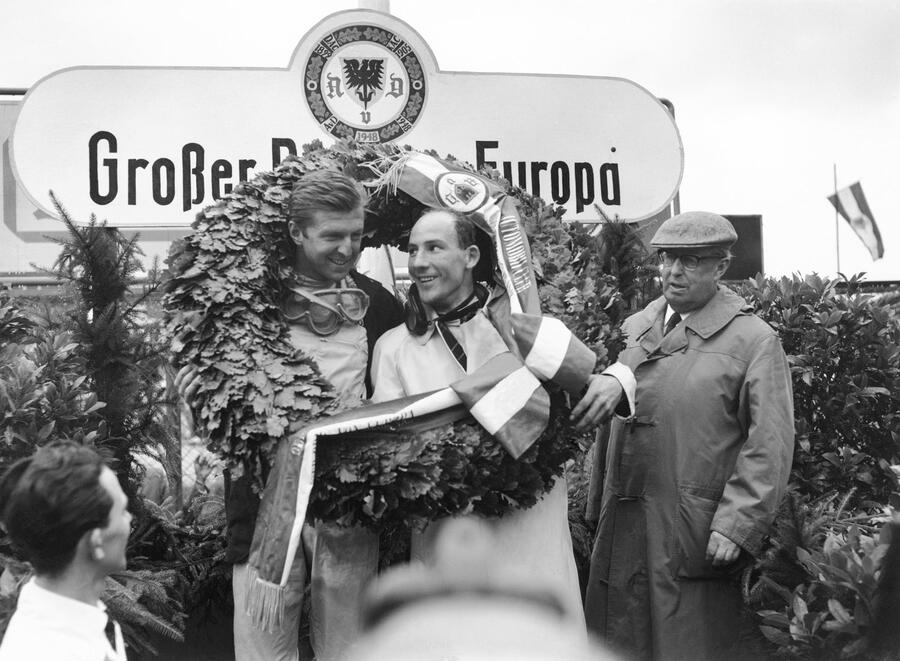
Like any deeply competitive person, Moss was always hot for anything that could give him an edge, and he embraced the spirit of the pioneer. Back in 1952, he became the first to win in a car fitted with disc brakes: a Jaguar C-Type in a 50-lapper at Reims. Then, in 1957, he bolted himself into a space-age device, the MG EX181, to cross the Bonneville Salt Flats at 245mph – at the height of his F1 career.
Yes, he was driven by money (and, lest we forget, the chase for ‘crumpet’, as he would remind us with glee), but there was much more to Moss. Why else would he put himself through the six-day Coupes des Alpes, crossing 31 of Europe’s highest peaks, driving for 24 hours solid and leaving himself shaken to the point of nervous collapse? A week later, he’d be racing in the British Grand Prix.
The Boy, as he was fondly known, had stamina born from a high level of natural physical fitness and a mental fortitude that was off the scale. When he fell down the lift shaft in his remarkable, self-conceived London home in 2010 – at the age of 80 – it was Stirling barking orders to his distraught family above him and telling them to stay calm. He broke both ankles and damaged four vertebrae – but a year later returned to historic racing in his beloved Osca sports car. Who else but Stirling?
The greatest virtuoso
But when it comes to it, what really makes Moss stand out is just how many virtuoso drives he put in, often as the against-the-odds underdog. Forget the whole ‘he never won a world championship’ thing. It doesn’t matter and, given some of the drivers who have won an F1 title, it’s not a definitive sign of greatness anyway. What really mattered to Moss was the next race, and the next chance to prove he was the benchmark – which he absolutely was once Fangio retired. No one in any other era has matched the margin of superiority that he held over his opposition between 1958 and 1962, despite often racing in inferior cars.
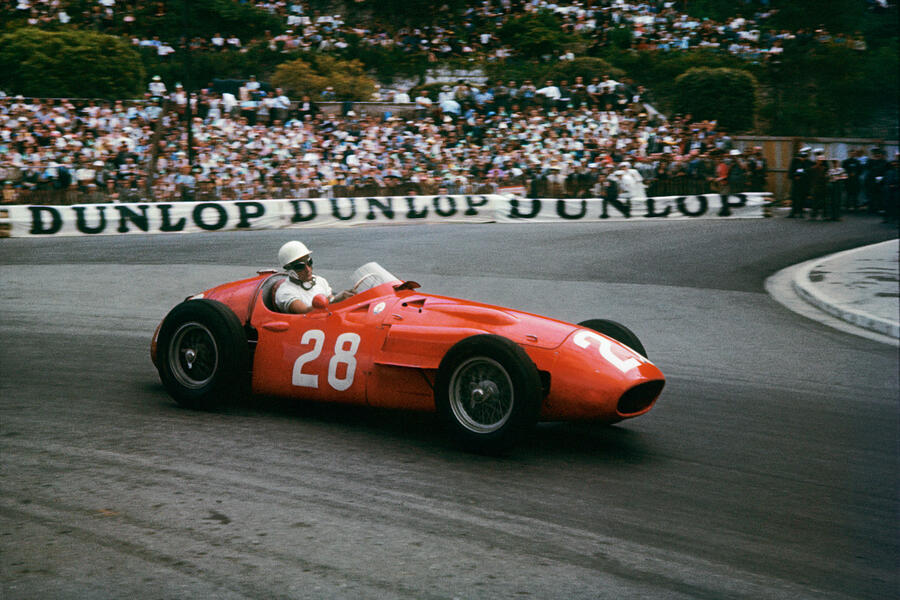
In Steve Cropley’s tribute, Moss is said to have given the 1955 Mille Miglia the nod over the 1961 Monaco Grand Prix in terms of his most satisfying win. To others, including me, he claimed the opposite. But whichever, it’s staggering that one man had both to recall, given how high they rank among the greatest performances produced by anyone in a racing car.
And then there’s the bulging armoury of notable others: Pescara 1957, when he beat Fangio by more than three minutes; seven Tourist Trophy victories; the Targa Florio; the Sebring 12 Hours; two more wins at Monaco; four Nürburgring 1000km races and on and on…
Moss, in his record and in all that he did, represented the very best of what is great about motor racing. We were so lucky to have him.
READ MORE
Sir Stirling Moss obituary: the life and career of a racing legend
Sir Stirling Moss: tributes to the British motorsport legend
Sir Stirling Moss: his five greatest drives


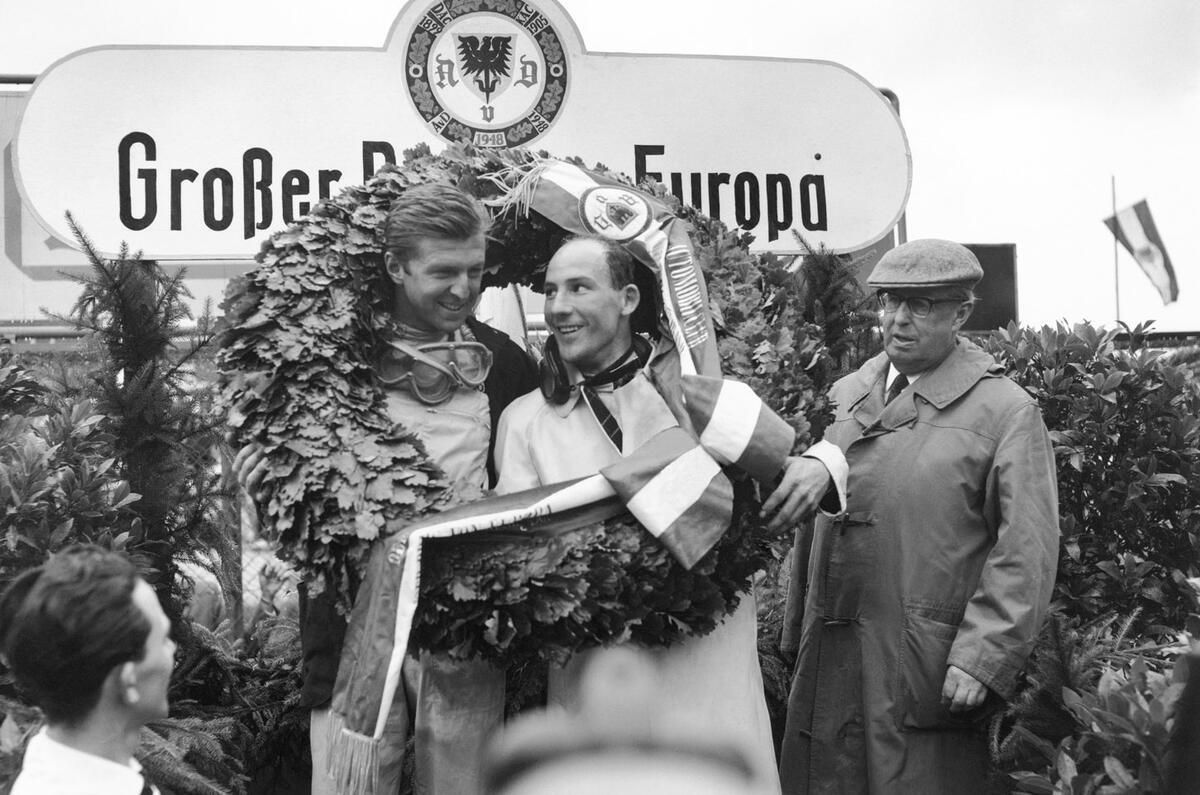

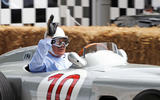
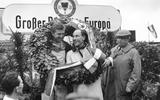
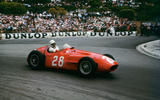


Join the debate
Add your comment
Story I heard
was that there was a corner at a track that was a bit of a dillema to drivers as to whetether they could take it 'flat' so another racing driver says to "Mr moss what do you do through there?" Moss says "I take it flatters...foot flat to the floor" so chap takes said corner flat and nearly has a big accident so he says to Mr Moss "jesus how do you get away with doing that? Moss says "bloody hell, you didn't actually do that did you?